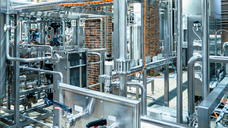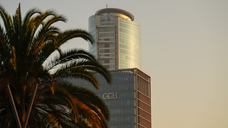The first eleven places in the rankings remained unchanged year on year. Still leading the rankings are AB InBev (495.5m hl), Heineken (240.7m hl) and China Res. Snow Breweries (108.8m hl). Together, these three companies accounted for more than half of the global beer output of the top 40 brewers.
There was some movement, however: Baltika, the largest brewer in the Russian Federation, returns to the rankings in 12th place – after being nationalized by the Russian government, it now operates independently of its former parent company Carlsberg. Another newcomer to the Top 40 is the Russian group OPH United Breweries, once part of the Heineken Group, which is now in 24th place.
Parallel to geopolitical shifts, many groups are executing a strategic change of course: Instead of pursuing diversification and craft beer expansion, the major brewers are increasingly focusing on their international flagship brands. Molson Coors, for example, sold several US breweries including their brands to the Tilray group – a step that AB InBev had already taken in 2023.
In Africa, Diageo disposed of its majority stake in Guinness Nigeria, selling its shares to Singapore-based Tolaram. Denmark’s Carlsberg Group, on the other hand, is investing beyond beer and has taken over BritVic, the leading British manufacturer of alcohol-free soft drinks.
While the big international groups are refocusing, pressure is growing on small and mediumsize brewers worldwide. In many places, rising raw material and energy costs can hardly be offset by higher consumer prices. Business closures, mergers, and market exits are the consequence worldwide.




